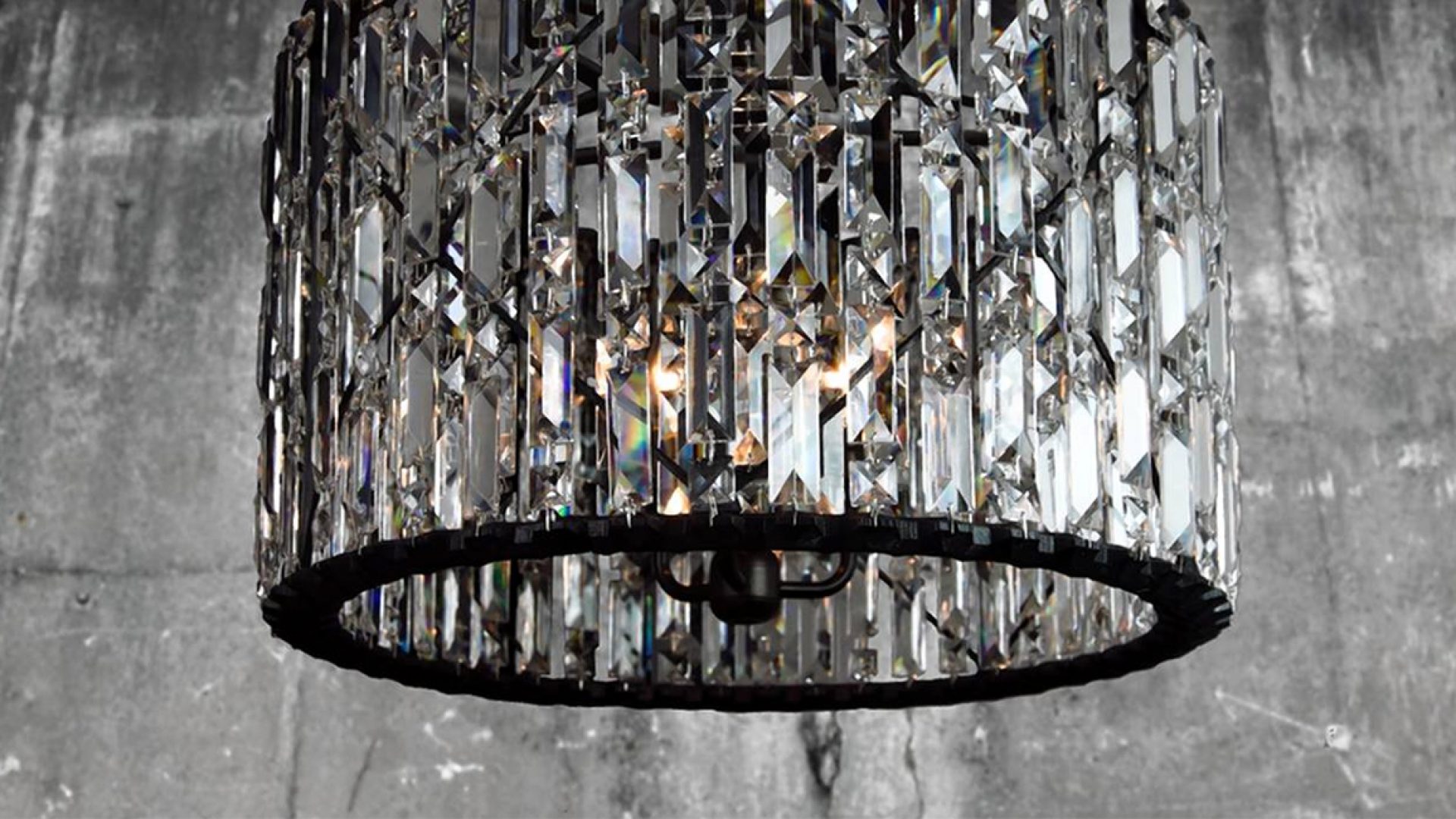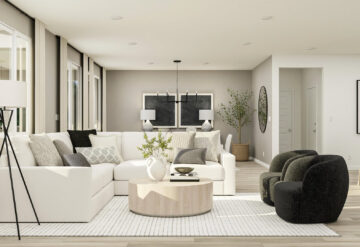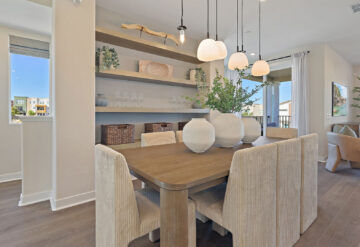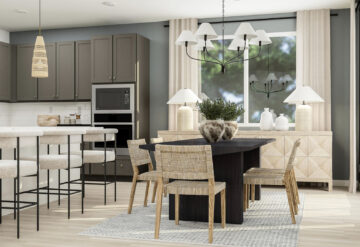A new article from The Wall Street Journal reports on how wider access to 3-D printing technology today is giving homeowners more choices for how they can decorate their homes.
Push a button and out pops a toothpaste-tube clamp or a Steampunk-inspired birdhouse. That is the promise of 3-D printing, a 30-year-old technology that has gained ground with home-furnishing designers and manufacturers in recent years as printers have become more accessible and versatile.
The relatively quick and inexpensive printing process lets designers create products on-demand, which allows for instant customization and cuts the cost of experimenting with new designs.
For homeowners, that means a seemingly limitless new frontier in home decor that can be quirky or refined.
“It’s not only that they love the product,” says chandelier-maker Michael McHale, who uses 3-D printers. “They’re enamored of the story.”
Thingiverse, the online design community for MakerBot, a Brooklyn-based maker of 3-D printers, lets die-hards download more than 700,000 files, free of charge, and print home products, such as a Tyrannosaurus Rex-shape showerhead or a honeycomb-pattern vase. Early next year, MakerBot plans to launch a line of filaments – something like the ink cartridges in a regular printer – made partly of limestone, maple, bronze and iron. The composites take on the characteristics of their base materials, says Johan-Till Broer, the public-relations manager for MakerBot. Think 3-D-printed wood that can be sandpapered.




